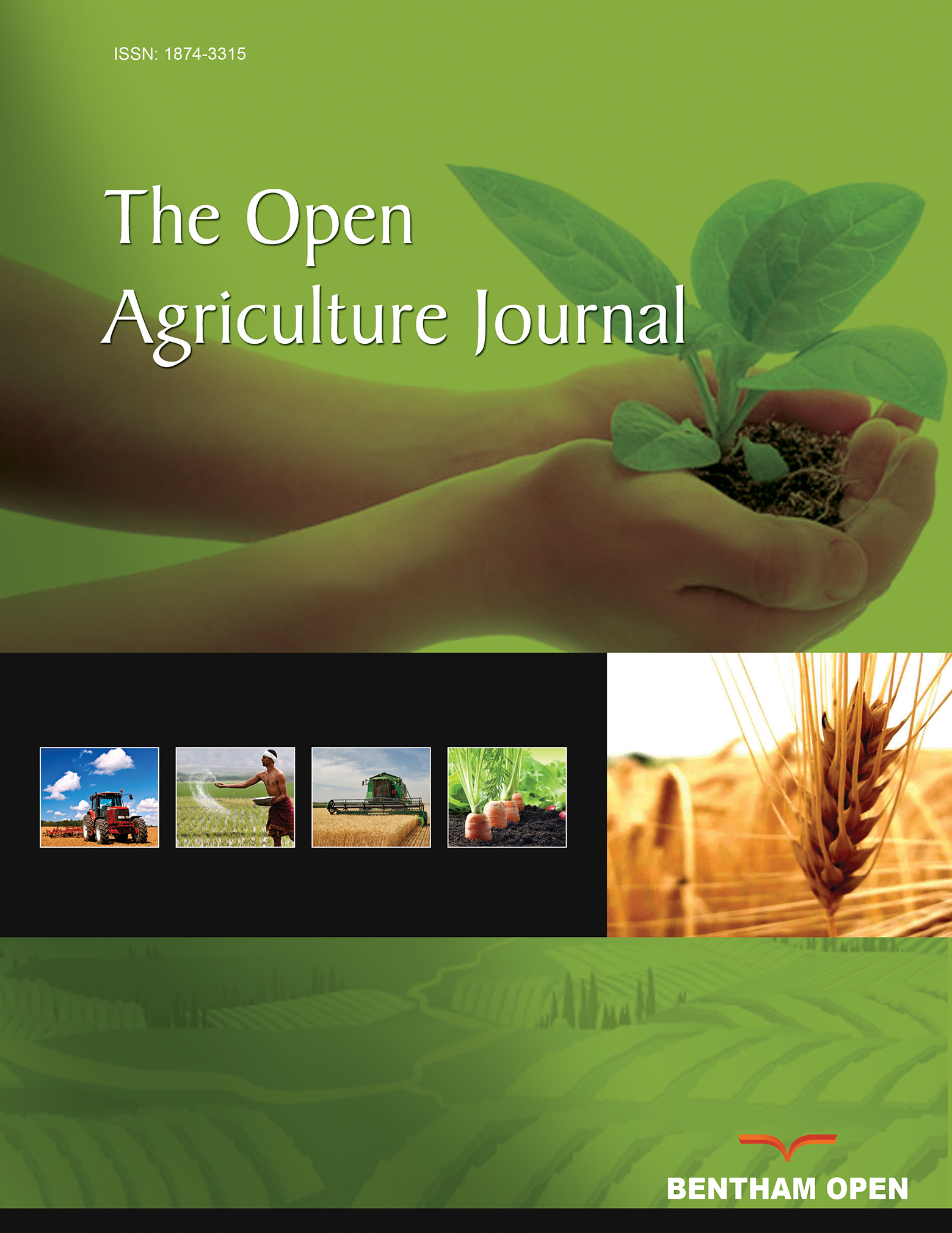Corn Field Management for Wintering Waterfowl on Eastern Long Island, New York
Abstract
Aim:
A novel corn field management program to feed wintering waterfowl was investigated.
Background:
Decreased food availability for waterfowl on the Atlantic coast may necessitate novel management.
Methods:
Standing sections of corn were chopped using a brush hog once every two weeks after the close of waterfowl hunting season on Long Island, New York, February – March 2018 and 2019. Corn was sampled to determine initial yield and waterfowl and other wildlife use, corn depletion, and relationships between depletion and energy needs of waterfowl were determined.
Results:
The mean (± SE) initial yield was 5,156.0 ± 1,306.7 kg/ha. Canada geese accounted for 54% of all waterfowl use and mallards were twice as abundant at corn fields than American black ducks. Fields averaged 4.08 ± 0.20 ha, but ~50% less corn could have been planted to meet the energy needs of waterfowl in this study. However, 27% of sections chopped in the first two weeks were depleted to zero or near zero, whereas sections chopped in the last two weeks had 1,954.9 ± 1,309.9 kg/ha of corn.
Conclusion:
More corn could have been chopped early in winter and less as spring approached to meet the seasonal energy needs of waterfowl. Waterfowl using corn fields could gain fitness advantages, but a better understanding of diets, body condition, and seasonal stress, as well as the use of corn fields relative to other habitats by individual Canada geese and ducks, are needed. Results provide guidance on the delivery of corn planting and chopping programs to feed wintering waterfowl in the northeastern United States.


